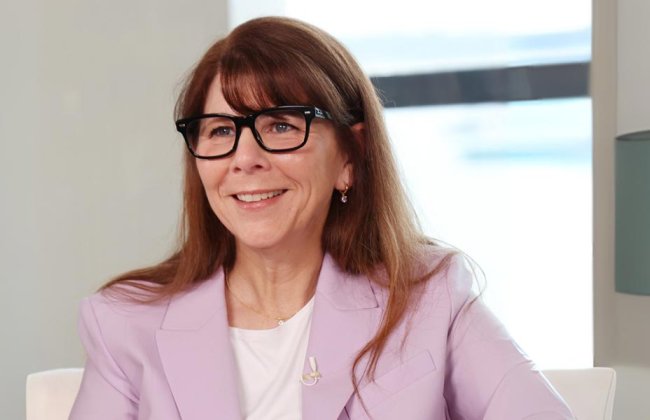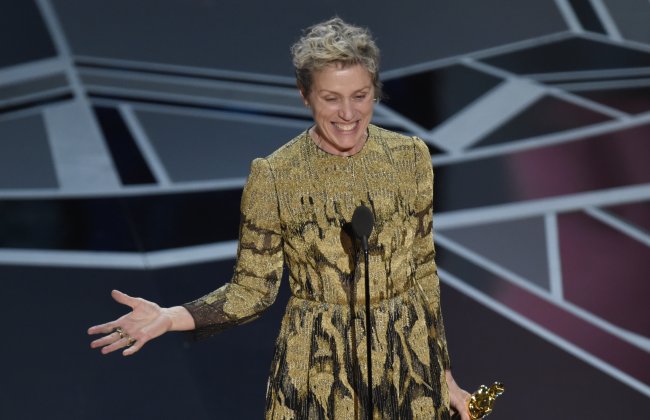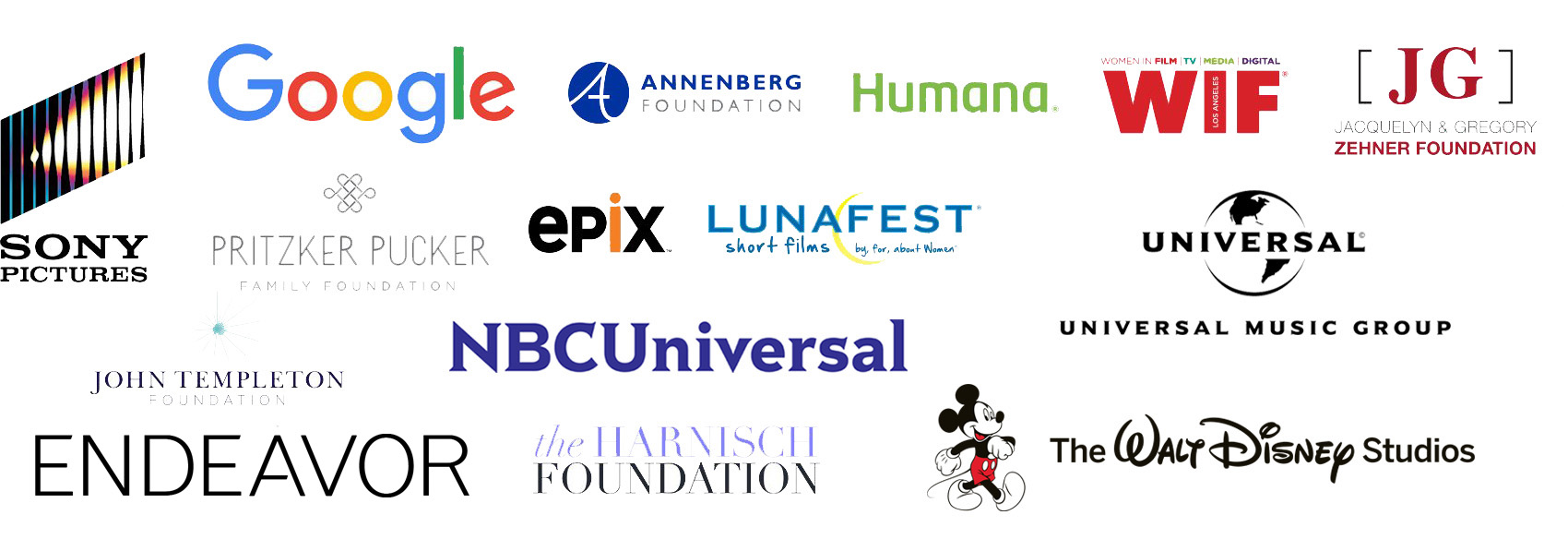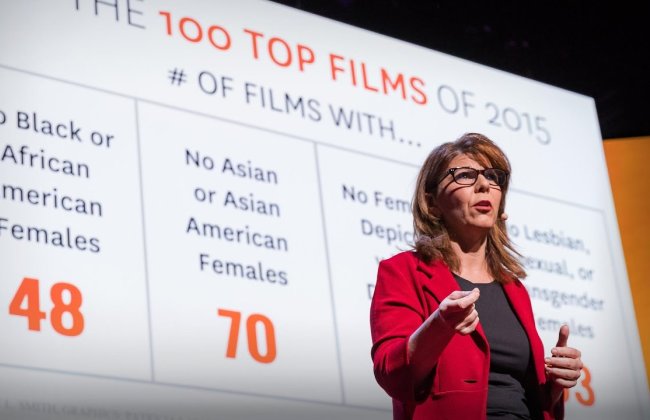Annenberg Inclusion Initiative (original) (raw)
The Annenberg Inclusion Initiative is the leading think tank in the world studying diversity and inclusion in entertainment through original research and sponsored projects. Beyond research, the Annenberg Inclusion Initiative develops targeted, research-based solutions to tackle inequality. The Annenberg Inclusion Initiative works in three major areas:
RESEARCH: Uses data-driven and theory-based research to offer insight and evidence to industries on where diversity is needed and how to achieve it
ADVOCACY: Exists to foster inclusion and give a voice to disenfranchised or marginalized groups
ACTION: Offers simple actions for complex solutions to facilitate social change at the student, industry, and societal level
Contact us
You can reach out to us at aii@usc.edu.

Stacy L. Smith selected for Irvine Foundation Leadership Award
Stacy L. Smith has been selected for The James Irvine Foundation Leadership Awards, which honor trailblazing leaders who are transforming California’s future. Smith is among seven recipients recognized by the foundation in 2025 for advancing innovative solutions to the state’s toughest challenges, informing policymakers and inspiring the next generation of leaders. A pioneer in entertainment equity, Smith’s groundbreaking research and initiatives like the Inclusion Rider, the 4% Challenge, and the Proof of Concept Accelerator are reshaping representation on- and off-screen as well as informing inclusion efforts for industry giants such as Netflix, Universal, Amazon, Adobe, and Spotify.
Stacy L. Smith is the foremost disrupter of inequality in the entertainment industry. She is the founder of the USC Annenberg Inclusion Initiative (AII). Her groundbreaking research and solutions span film, TV, and digital platforms, the music business, and economic analyses investigating the relationship between inclusion and financial performance.
Introducing The Inclusion List

Stacy L. Smith and the USC Annenberg Inclusion Initiative, in collaboration with the Adobe Foundation, have created The Inclusion List. The Inclusion List is a data-driven ranking to show who in the entertainment industry has taken inclusion seriously and been a driving force for industry change.
The Inclusion List: Film Edition ranks the most inclusive content across series and film using on screen and behind the camera indicators and the people responsible for creating the most inclusive content. The Inclusion List: Series Edition ranks the 100 most inclusive broadcast and cable and streaming series and the top 20 executive producers. The Inclusion List: Oscars Edition provides a 96-year historical analysis of gender and race/ethnicity at the Academy Awards. All the details are available at http://inclusionlist.org.
With this tool, we seek to inform, challenge, and congratulate the entertainment industry and point out where there is room to grow.
How-To Toolkit: Advancing Health Storylines in Popular Entertainment

Film and television can influence societal attitudes and perceptions about health, but portrayals of specific health conditions are rare in popular entertainment [link to study]. Creatives can effectively incorporate health or disease-focused narratives, but doing so requires special consideration. Dr. Stacy L. Smith and the Annenberg Inclusion Initiative, sponsored by Eli Lilly and Company, have created a new resource to assist storytellers who want to make an impact on health.
This resource, a toolkit for creators, draws on original and existing research to walk you through the steps of elevating your story to amplify impact. It focuses on ways to portray experiences of disease or a health condition that are authentic, engaging, and maximize the potential benefit to audiences.
From finding the right collaborators, casting and preparing actors, choosing set decorations and props, to post-production considerations and audience support, this toolkit provides a broad, step-by-step approach to advancing your story. While recommendations in this toolkit can be applied to health conditions of all kinds, particular attention is paid to portrayals of cancer, dementia, obesity, diabetes, and eczema.
Follow the link to access the free health narratives toolkit.

The Inclusion Rider: Legal language for ending Hollywood’s epidemic of invisibility
Across the 100 top-grossing films of 2016, 47 did not feature a single Black woman or girl speaking on screen, 66 movies were devoid of Asian female characters, and a full 72 films erased Latinas. Very few females from the LGBT community, native and indigenous females, Middle Eastern females, or female characters with disabilities are seen in our cinematic stories. More generally, the percentage of females on screen in film has not moved in decades. It’s time to change these statistics. The inclusion rider was created to do just that. The inclusion rider is an addendum to an actor/content creator’s contract that stipulates that stories and storytellers should look like the world we actually live in — not a small fraction of the talent pool. It does this while also protecting story sovereignty.
The purpose of the inclusion rider is to counter bias in interviewing/auditioning and hiring/casting in specific employment positions in the entertainment industry. The rider is a template and living document, not something to be cut and pasted into a contract. The details of its implementation are crucial to its success. The rider is a flexible and adaptable framework that actors/content creators should consider together with counsel prior to signing on to their next project. The inclusion rider does not provide for quotas. It simply stipulates consideration of the deep bench of talented professionals from historically underrepresented groups and strongly encourages hiring and casting of qualified individuals from under-represented backgrounds. We believe that this language is a necessary first step to eradicate inequality experienced for years on screen and behind the camera.
In the spirit of inclusion, Stacy L. Smith of the USC Annenberg Inclusion Initiative, Kalpana Kotagal of Cohen Milstein, and Fanshen Cox of Pearl Street Films are sharing the template and hope it will be an important tool in achieving change. Read more about the origin of the “inclusion rider” and use the link below to see the original language.
Studies
Stacy Smith: The data behind Hollywood's sexism
In October 2016, Stacy L. Smith, the Founder and Director of the Annenberg Inclusion Initiative, delivered a powerful TED Talk on the prevalence and portrayal of female characters in film. Most importantly, she shared her data-driven solutions to the problem. Watch now!
Photo: Marla Aufmuth / TED
Research Areas and Reports
PARTNERS

Research and advocacy at this level involves multiple stakeholders. The Annenberg Inclusion Initiative is grateful to our existing sponsors and partners, including The David & Lura Lovell Foundation, Mari and Manuel Alba, Bonnie Arnold, Ann Erickson and Richard Pellett, Beth Friedman, Suzanne Lerner, Valley Fund for the Advancement of Women and Girls at the Women’s Foundation of Southern Arizona and Ann Lovell, the Women’s Foundation of Colorado and Barbara Bridges. Support is also provided by The Tides Foundation on the recommendation of Ms. Julie Parker Benello. Interested in supporting the Annenberg Inclusion Initiative? Please contact us for more information or click here to donate.
